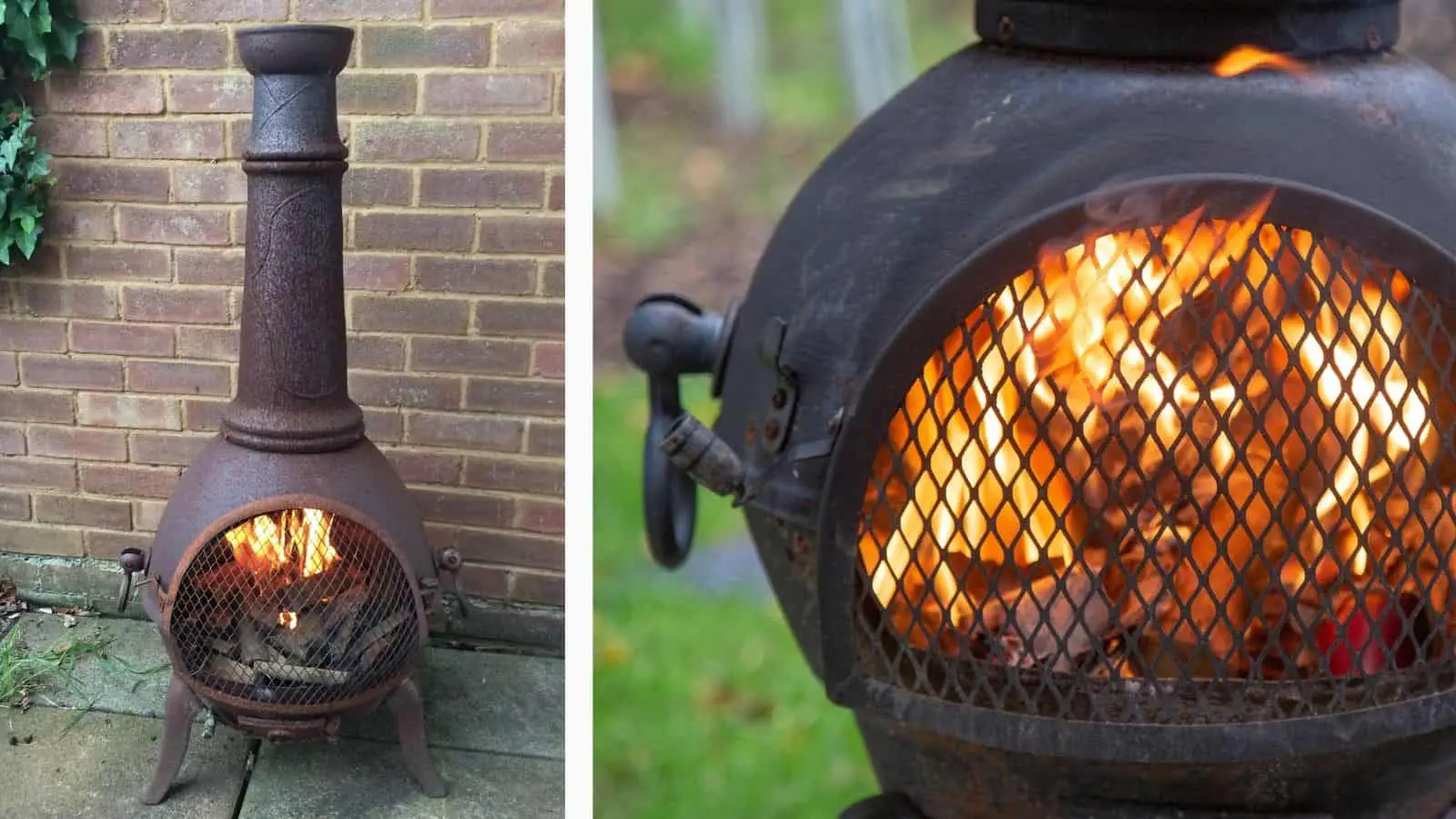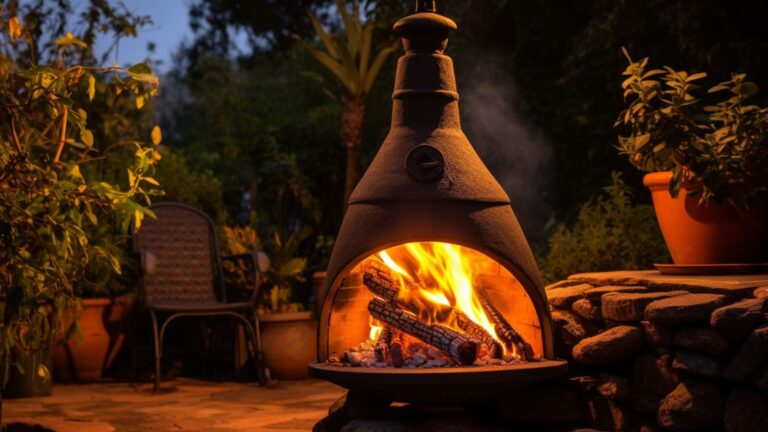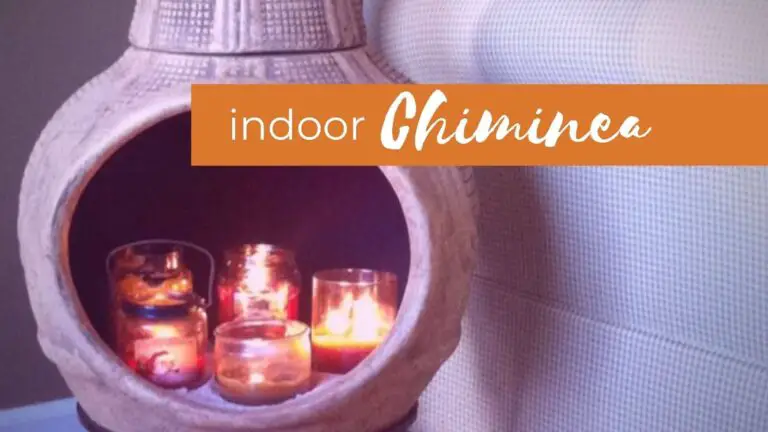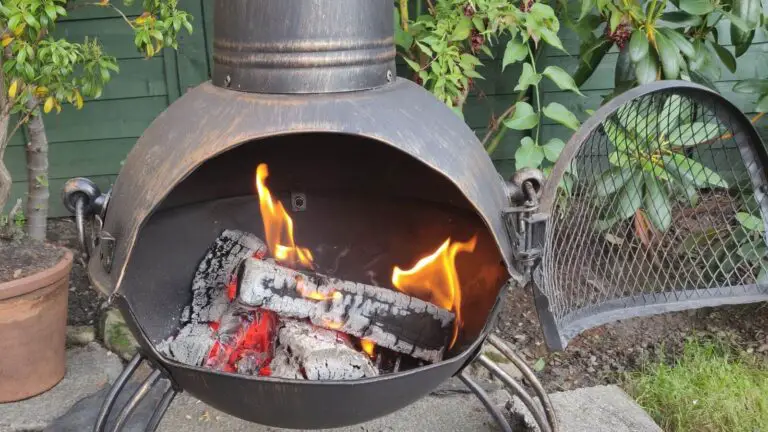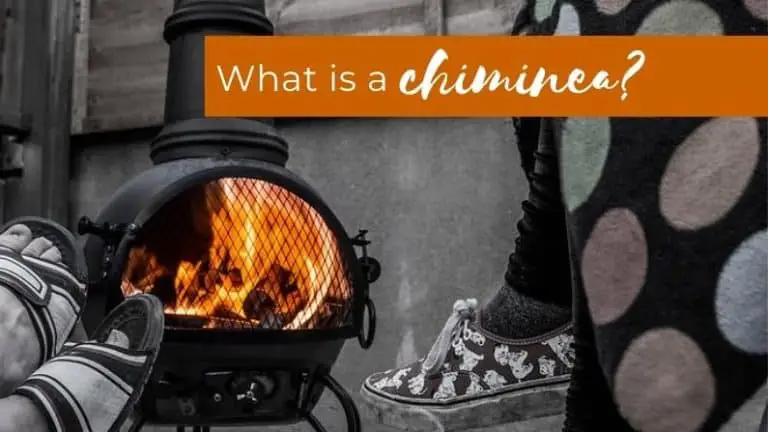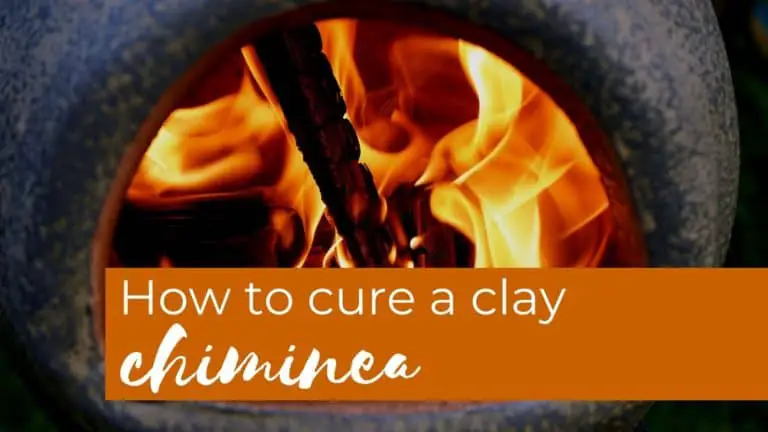How to Use a Cast Iron Chiminea
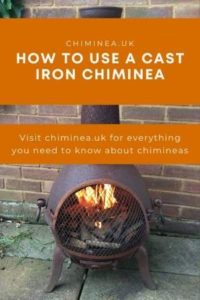
From learning what you can burn in a new cast iron chiminea, to keeping it in good condition to extend its life – lets look at all things cast iron chimineas!
These stunning chimineas are perfect for lighting fires and creating an inviting, warm outside area for you and your family. Let’s look at specifics for cast iron chimineas.
What is a Cast Iron CHiminea?
Chimineas have been around for centuries originating in clay form that was used widely in domestic situations to heat and cook in homes. Chimineas now come in a wide variety of materials with the most common varieties in the UK being clay, steel and cast iron.
TIP – Be aware that many chimineas might say ‘cast iron’ in the description but actually be made mostly out of steel – always check product details.
A quality cast iron chiminea will generally cost more than steel or clay chims but they offer much longer life expectancy, flexibility to use different fuel types, and are wonderful at radiating heat.
Do Cast Iron Chimineas Radiate a Lot of Heat?
Yes! This is one of the great advantages of cast iron. Yes, it weighs a tonne and will rust if you don’t look after it, but they are by far the best chiminea material for radiating heat.
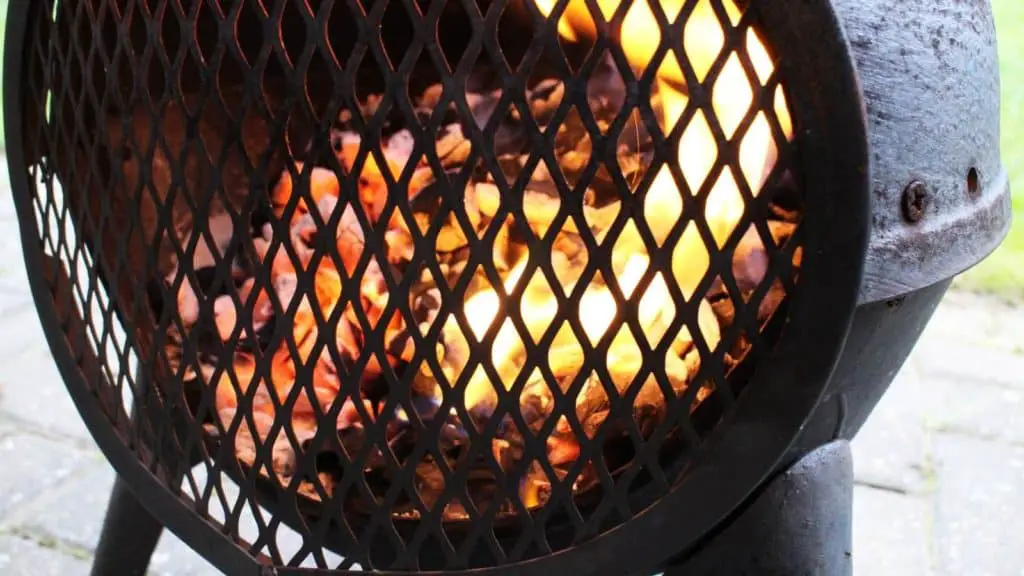
Cast iron chimineas put out substantial heat and will remain hot for a long time even after the fire dies. They can easily warm a group of peeps on a chilly evening on the patio.
Do you Need to Season a Cast Iron Chiminea?
Technically no. Cast iron chimineas will work fine without seasoning but to help with rust protection it’s a really good idea to burn a few smaller fires the first time you are using it.
This way any protective coating or sealant on your chim will get properly cured and extend your cast iron chiminea’s life even further.
What Can I Burn in a Cast Iron Chiminea?
The luxury of a cast iron chiminea is that you can burn coal and or charcoal. Clay chimineas are limited to only using wood to burn as charcoal will raise the temperature too high and likely crack the clay.
Cast iron is super long-lasting and durable and much more forgiving when it comes to getting a bit carried away with a larger fire. However, just remember that they are designed to burn small fires really efficiently and not cope with a towering inferno of flames shooting out the top!
Do I need to Put Sand in the Bottom of my Cast Iron Chiminea?
Usually no unless specifically advised in the manufacturer’s guidelines for your particular chiminea. Putting sand in clay chims helps protect the bottom of the fire bowl from the direct heat of the fire as in clay it’s an area prone to potential cracking.
Usually, cast iron chimineas come with a small fire grate inside that helps to lift the fire up slightly and get good ventilation around the fire.
How to Stop My Cast Iron Chiminea from Rusting
- Season it properly on first use.
- Keep it covered when not in use
- Use protective sealant once a season
- Keep it clean
- Never use water to put out fires (unless in an emergency)
Are Cast Iron Chimineas Good for Cooking?
Yes!
Cast iron chimineas are perfect for cooking as they allow you to use charcoal which is much easier to cook with than wood. Many cast iron chims come with bbq grill that you can swing in and out of the fire.
How to Clean a Cast Iron Chiminea
The wire brush is your friend. When you’ve had some use out of your chiminea keep an eye out for any developing rust. Once you’ve swept out your fire debris, check the chimney stack for any obstructions and give your whole chim the once over with a wire brush.
Safety Tips for Cast Iron Chimineas
- Always remember the surface will get extremely hot when the fire is lit
- Teach children and pets of the dangers – you may want to put a fire guard around your chiminea
- Never use fire accelerants in your cast iron chiminea
- Get some heat proof gloves for managing the fire
- Have basic fire tools handy to help you control the fire
- Always have a means of extinguishing your fire nearby eg bucket of sand or fire blanket
- Place your chiminea in a spot for the season – cast iron chims are super heavy and awkward to lift so only move them if completely necessary.
Cast iron chimineas are a delight to add to any outdoor space and I hope this article has helped answer some of your questions.

